
From the bad guy in Sholay, Amjad Khan, and Indian cinema’s Marilyn Monroe, Madhubala, Peshawar has been home to many Bollywood celebrities, including Raj Kapoor, Dilip Kumar, Vinod Khanna and even, Shahrukh Khan.
A recently published book on Peshawar’s theatre and film artistes shows the city’s arty roots are not just confined to Bollywood, but also the metropolitan itself. The publication of the book coincides with Bollywood’s centenary and is a serious effort to document the city’s artistes and its role in the formative years of Indian cinema.
Peshawar ke fankar: theatre aur filmon mein or Peshawar’s artistes in theatre and films is a product of Muhammad Ibrahim Zia’s romance with the silver screen. It started more than half a century ago when Zia’s father, SM Janbaz used to paint cinema hoardings in the early 1940s. He was also a famed calligrapher.
Most cinemas in Peshawar were located outside Kabuli Gate, now known as Cinema Road. Zia runs a printing press in Mohallah Jangi behind Cinema Road and adjacent to Qissa Khwani. He developed a taste for films at a young age. In the introduction to the book, Zia writes about what compelled him to write it – the fact that no one ever wrote about Peshawar when talking about the Bollywood glitterati.
According to Zia, he came across some interesting theories during his research. He claims that during the silent film era, most of the actors were Parsi or Maratha but this changed after the talkies were introduced as most of the actors could not talk in Urdu/Hindi fluently. He said this left the market open for artistes from Peshawar.
He gave the example of Master Vithal who starred in the first Indian talkie, Alam Ara in 1931. Vithal had problems delivering dialogues and the company had to hire an Urdu-speaking munshi to help with the dialogues.
Stage presence
The book also talks about the first theatre company set up in Peshawar by Aga Fazl Ali Shah in 1915. It was right after the First World War in a hall called Serai Natak or theatre inn owned by a Hindu man called Dhanpat Rai in Bajauri Gate area of the city.
The 1932 premier of Alam Ara in Peshawar had a great effect on the theatre business. Zia notes that half way through the 1940s, Serai Natak was shut down and turned into a truck stand. Today, it is still called Serai Natak but deals in car parts.
Tracing the history of cinema in Peshawar, Zia writes the first cinema was established in Qissa Khwani Bazaar and was known for silent films. In 1925, a Hindu businessman built a cinema by the name of Imperial Theatre outside Kabuli Gate. Two more theatres were built there in the following years, mostly by Hindu and Sikh businessmen.
The city’s last cinema was Shabistan located on GT Road and set up by the owner of Evernew Studios, Agha GA Gul.
It was opened for business in 1947 and was Peshawar’s most modern movie theatre. However, it was destroyed last year when an angry mob, protesting over the blasphemous film ‘Innocence of Muslims,’ set it on fire.
Silver screen darlings
Zia has also chronicled the lives of artistes from Peshawar. This takes up much space in the 560-page book which he has dedicated to Gul Hamid, a leading Indian actor who died in the prime of his career. His first role was in A R Kardar’s Sarfarosh. Hamid was from Pirpiai area of what is now Nowshera district. He was known for his good looks and having worked in the first Punjabi film, Heer Ranjha.
Zia also listed 72 movie actors, directors and others related to the film industry from Agha Pir Jan who used to work in Kolkata to Shatir Ghaznavi, poet Qateel Shifai, Agha Talish and Khayyam Sarhadi.
Published in The Express Tribune, December 11th, 2013.
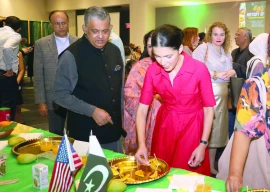
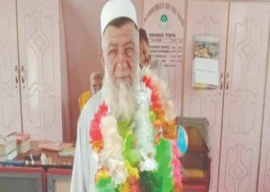
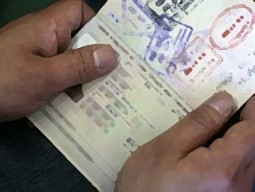
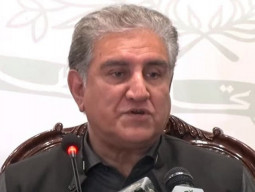
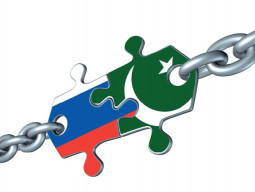













COMMENTS
Comments are moderated and generally will be posted if they are on-topic and not abusive.
For more information, please see our Comments FAQ